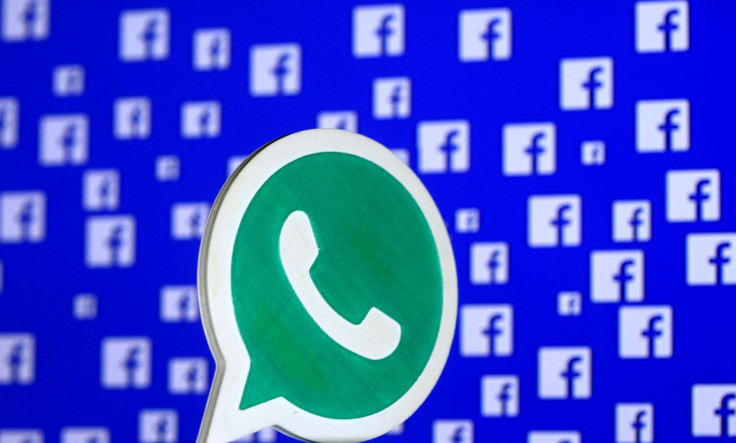What Is WhatsApp Status? Everything To Know About The New Feature And How It Compares To Snapchat

Posting a Facebook status, for many, has long become blasé, but the social media giant produced a solution Monday when its subsidiary WhatsApp Messenger announced that it would let users “keep [their] friends who use WhatsApp easily updated in a fun and simple way,” as WhatsApp co-founder and CEO Jan Koum put it in a blog post.
The feature went beyond the app’s usual personal status indicator—which offered pre-set text options, like “available,” “at the gym” and “battery about to die”—and its later iteration, a written text-only function, by allowing users to share photos, videos and GIFs with their WhatsApp contacts. The WhatsApp FAQ page instructs users to tap the “More” button, followed by “Settings,” “Profile” and then the pencil icon, which opens a “status screen” where users can fill a text box with up to 139 characters—one less than Twitter’s 140-character limit—and accompany the text with a variety of visuals.
The content of the status update, like the rest of WhatsApp, is “end-to-end encrypted,” according to Koum’s post, highlighting the app’s major draw in a world of seemingly omnipresent government surveillance.
While the function itself is rather simple, WhatsApp’s use of it has drawn some controversy. The status feature’s disappearance after 24 hours, paired with its use of photos and videos, mirrored a function rival messaging app Snapchat launched in October 2013. Facebook’s history with Snapchat, which planned to launch its initial public offering March 1, only deepened the drama surrounding the case of copying, as Mark Zuckerberg’s company not only failed to acquire Snapchat in November 2013, but reportedly tried to buy a Korean version of Snapchat called Snow in the summer of 2016.
The WhatsApp feature was hardly the first such offense by Facebook or its subsidiaries. In August, when Instagram, another Facebook-bought social media app, launched its thinly veiled Snapchat imitation feature—which, like Snapchat, it dubbed “Stories”—Instagram CEO Kevin Systrom more or less admitted to copying the soon-to-go-public photo messenger.
"When you are an innovator, that’s awesome," Systrom told a shocked TechCrunch reporter. "Just like Instagram deserves all the credit for bringing filters to the forefront. This isn’t about who invented something. This is about a format, and how you take it to a network and put your own spin on it."
© Copyright IBTimes 2025. All rights reserved.






















